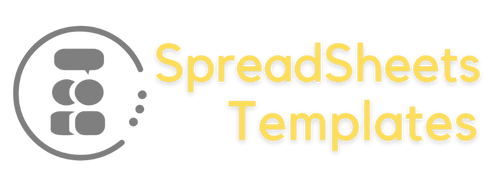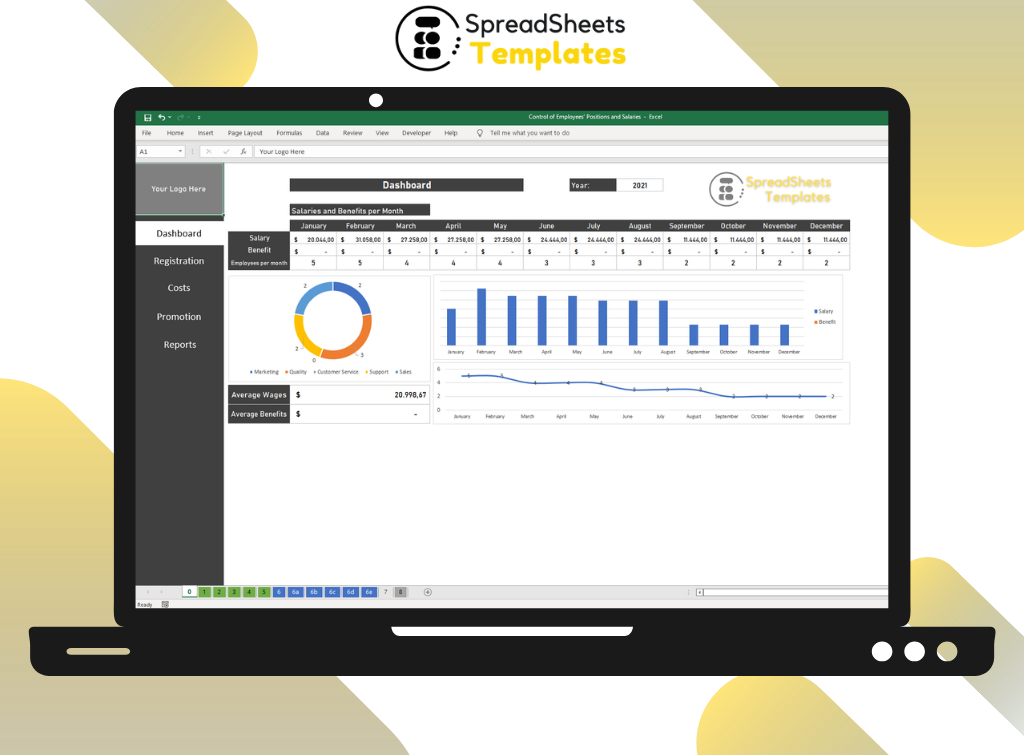Employee Payment Spreadsheet Leave a comment
Streamline Your Payroll Process
Introduction
Managing employee payments is a crucial aspect of running a business. Accuracy, efficiency, and compliance are key factors when it comes to payroll management. To simplify this task, many organizations turn to employee payment spreadsheets. In this comprehensive guide, we will explore the benefits, features, and best practices of using an employee payment spreadsheet. Whether you are a small business owner or a human resources professional, this article will provide you with valuable insights to optimize your payroll process.
Table of Contents
- Understanding the Importance of Employee Payment Spreadsheets
- Choosing the Right Employee Payment Spreadsheet
- Setting Up Your Employee Payment Spreadsheet
- Data Entry and Calculation
- Tracking Overtime and Leaves
- Generating Payroll Reports
- Ensuring Compliance with Legal Regulations
- Integrating Employee Payment Spreadsheets with Accounting Software
- Streamlining Payroll Communication
- Ensuring Data Security
- Common Challenges and Troubleshooting Tips
- Frequently Asked Questions (FAQs)
- Conclusion
Employee Payment Spreadsheet
An employee payment spreadsheet is a powerful tool that allows businesses to streamline their payroll process. It provides a centralized platform for managing employee data, calculating wages, and generating pay stubs. By utilizing an employee payment spreadsheet, organizations can automate repetitive tasks, reduce errors, and ensure accurate and timely payments to their employees.
Implementing an employee payment spreadsheet can bring numerous benefits to your organization. It enables you to efficiently manage employee records, track working hours, calculate taxes and deductions, and generate detailed reports. Additionally, it helps you comply with legal regulations and simplifies the overall payroll management process.
FAQs about Employee Payment Spreadsheets
1. What is the purpose of an employee payment spreadsheet?
An employee payment spreadsheet serves as a centralized tool for managing payroll-related information. It helps businesses track employee hours, calculate wages, withhold taxes, and generate pay stubs. The spreadsheet automates calculations, reducing the likelihood of errors and saving time in the payroll process.
2. How can an employee payment spreadsheet simplify payroll management?
By using an employee payment spreadsheet, businesses can automate repetitive tasks, such as calculating wages and taxes. It streamlines the payroll process by eliminating manual calculations, reducing errors, and saving time. Additionally, the spreadsheet provides a comprehensive overview of employee payment data, allowing for easy tracking and reporting.
3. Are employee payment spreadsheets customizable?
Yes, employee payment spreadsheets are highly customizable. They can be tailored to meet the specific needs of your organization, including unique payment structures, benefits, and deductions. Most spreadsheet software allows you to add or modify columns, formulas, and formatting to align with your payroll requirements.
4. Can an employee payment spreadsheet handle tax calculations?
Absolutely. Employee payment spreadsheets often come with built-in formulas that calculate taxes based on the applicable tax rates and employee earnings. These formulas can be adjusted to reflect different tax jurisdictions and accommodate varying tax rules, making it easier to comply with tax regulations.
5. Is it possible to integrate an employee payment spreadsheet with accounting software?
Yes, many employee payment spreadsheets offer integration capabilities with popular accounting software. This integration enables seamless data transfer between the payroll system and the accounting software, ensuring accurate financial reporting and reducing manual data entry.
6. How secure is the data stored in an employee payment spreadsheet?
Data security is a top priority when managing employee payment information. It is crucial to implement appropriate security measures to protect sensitive data stored in the spreadsheet. Ensure that your spreadsheet is password-protected, limit access to authorized personnel, and regularly back up the data to prevent loss or unauthorized access.
Conclusion
Implementing an employee payment spreadsheet can significantly streamline your payroll process, reduce errors, and save time. By automating calculations, tracking employee data, and generating comprehensive reports, you can enhance accuracy and compliance while ensuring timely payments to your workforce. Remember to customize your spreadsheet to align with your organization’s specific requirements and stay updated with legal regulations.
Adopting an employee payment spreadsheet is a valuable investment that empowers you to manage your payroll efficiently. Explore the available options, assess your needs, and choose the right employee payment spreadsheet for your organization. By leveraging technology to optimize your payroll process, you can focus on strategic initiatives and drive business growth.


